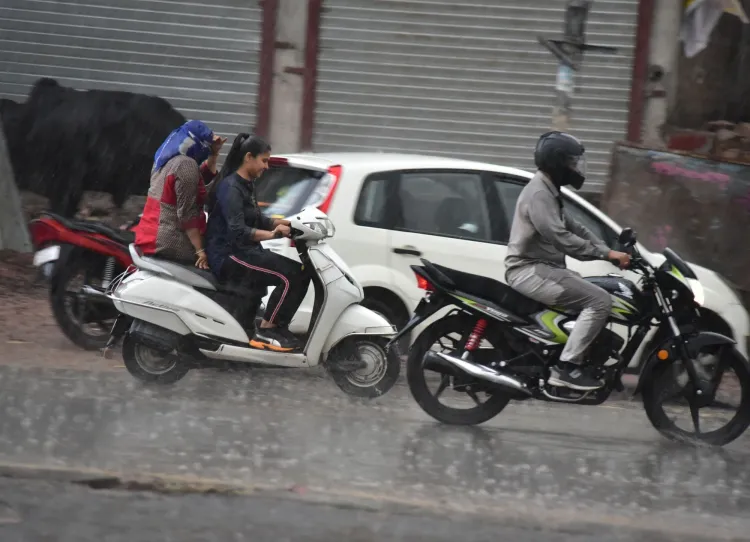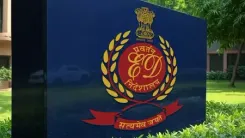Is Gujarat Facing More Heavy Rainfall?

Synopsis
Key Takeaways
- 62 talukas in Gujarat have recorded significant rainfall.
- IMD forecasts continued rainfall across the state.
- Heavy rain is expected in North and South Gujarat in the coming hours.
- Emergency response teams are on alert for potential disasters.
- Control rooms are monitoring river levels and weather conditions.
Ahmedabad, July 16 (NationPress) A total of 62 talukas in Gujarat experienced widespread rainfall over the last 24 hours. The Mahisagar district reported 3 inches of rain in Kadana, while Palanpur recorded 2 inches. Furthermore, seven talukas received up to 1 inch of rainfall, with light to moderate showers noted in other regions.
The India Meteorological Department (IMD) has indicated that rainfall activity will persist across the state, including in Ahmedabad and Gandhinagar.
Forecasts predict that both North and South Gujarat are likely to see heavy to very heavy rainfall in the upcoming 24 hours.
Districts such as Banaskantha, Tapi, Dang, Navsari, Valsad, Sabarkantha, and Narmada have already experienced substantial rainfalls. However, the intensity is expected to diminish after July 17.
A new phase of heavy rain is projected from July 26 to 30, as a fresh weather system is developing over the Bay of Bengal.
Experts have warned that districts including Panchmahal, Aravalli, Dahod, Sabarkantha, Mahisagar, Ahmedabad, and Gandhinagar could face heavy to extremely heavy rainfall during this period. A notable shift in weather conditions is expected around July 22, with the monsoon likely regaining its strength after a brief hiatus.
With monsoon activity having slowed in recent days, the forthcoming week may usher in a fresh bout of intense rainfall across numerous parts of the state, according to official forecasts.
In anticipation of the forecast predicting heavy to extremely heavy rainfall across Gujarat, the state government has heightened its preparedness by placing disaster response teams on standby in vulnerable districts, notably in North and South Gujarat.
Control rooms are operational, and coordination with the State Emergency Operations Centre (SEOC) has been strengthened to monitor rainfall and water levels in rivers and dams.
Local authorities have been directed to identify low-lying regions, ensure evacuation plans are in place, and maintain essential supplies like food, water, and medical kits readily available.









